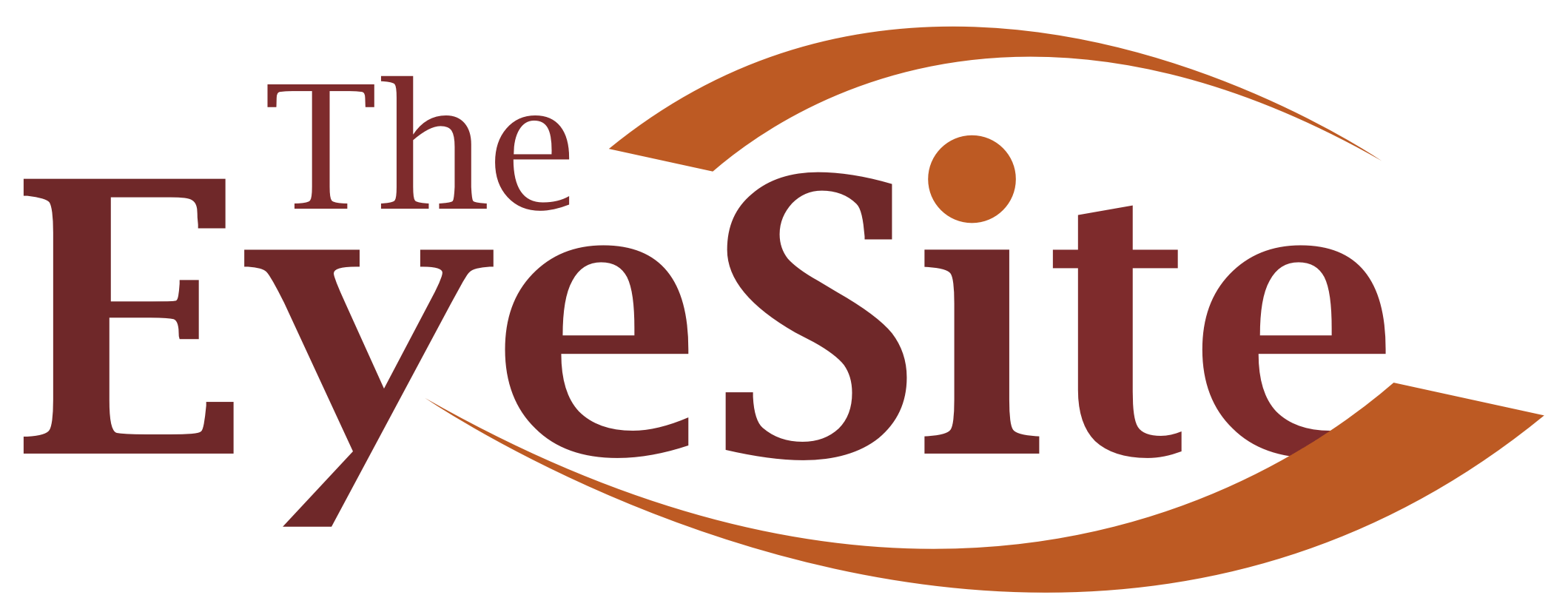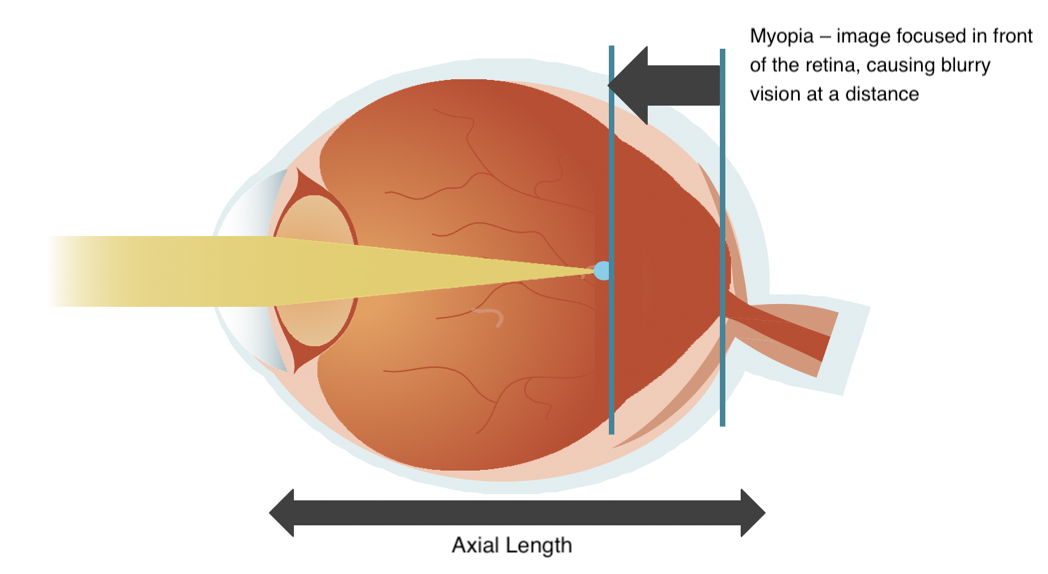Myopia: A Pervasive Disease
Myopia (also called “nearsightedness” or “shortsightness) is the inability to see objects at a distance. It is the most common vision issue among children and adults, impacting 30% of the world’s population. By 2050, almost 50% of the population will be myopic—that’s an unnerving 5 billion people!
Is Myopia a disease?
There is some debate about whether myopia is a disease or a refractive error. The answer is determined by how myopia is defined and measured. The Review of Myopia Management provides a few definitions of “disease”:
“…Any harmful deviation from the normal structural or functional state of an organism, generally associated with certain signs and symptoms and differing in nature from physical injury. (Encyclopedia Britannica, 2020)
…An abnormal condition affecting a living organism. Diseases are generally understood to be medical conditions that involve a pathological process associated with a specific set of symptoms. (Infectious Disease News, 2019)”
The main symptom associated with myopia is blurry distance vision—this is caused by the eyeball growing too long from front to back (see figure 1 below).
Figure 1
In a child with myopia, the axial length (the distance from front to back in an eyeball) increases outside of the normal rate for their age (see figure 2 below). Treehouse Eyes optometrist Dr. Thanh Mai, OD explains: “The greater the myopia, the longer the axial length of the eye and thus greater risk.”
Figure 2. Image credit: Kubota.
The question of whether or not myopia is curable helps illustrate why myopia is a disease—myopia is not curable, but it can be treated. Dr. Mai says, “Unfortunately, once myopia occurs, which happens due to the eyeball growing too long, it is impossible to shrink it. Myopia is permanent and irreversible.” Dr. Mai stresses the importance of early intervention: “Starting treatment early is critical because once a child is diagnosed with this disease, it typically gets worse if left untreated.”
How is Myopia Treated?
Myopia can be treated at the source by providing children with treatment options, rather than just giving them glasses for the symptom of blurry vision. Treehouse Eyes providers like Dr. Sorena Kaur develop personalized treatment plans for each child—customized contact lenses and/or special prescription eye drops may be part of that plan. Dr. Kaur will be able to determine which option would be the best fit for your child at their first consultation. Contact us to schedule a consultation here.



